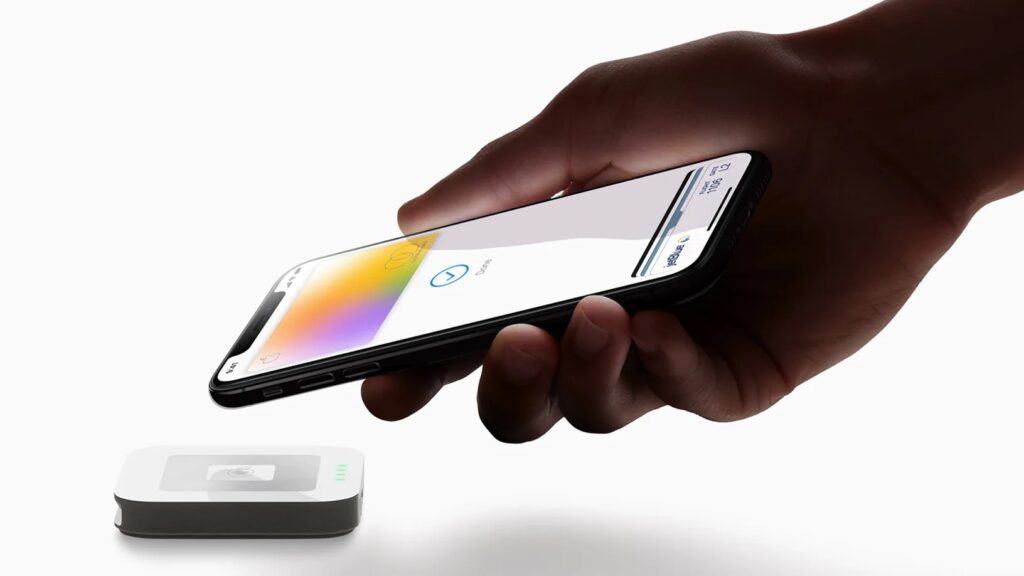Apple is set to comply with the Digital Markets Act (DMA) in the European Union with its latest update, iOS 17.4. This change allows third-party applications to directly access and utilize the iPhone’s Near Field Communication (NFC) chip, a move that significantly broadens the scope of contactless payment options available to users.
In this new framework, iPhone users in the EU will no longer be restricted to using Apple Pay or the Wallet app for NFC payments. Instead, they can opt for a variety of third-party payment services and banking apps to execute tap-to-pay transactions directly on their Apple devices.
A notable feature of this update is the ability for users to set a default tap-to-pay app. This app will automatically activate when the iPhone is in proximity to an NFC terminal or when the side button on the device is double-clicked. This integration signifies a major step in making non-Apple Pay tap-to-pay options seamlessly available to iPhone users.
Apple is maintaining its commitment to security in this open environment. Any app leveraging the iPhone’s NFC chip for payments will be required to adhere to stringent industry security standards. This includes holding valid agreements with authorized Payment Service Providers, ensuring that the expansion in payment options does not compromise the security and integrity of transactions.
Similar to the recent changes in the App Store policies, the availability of NFC technology for third-party apps is currently limited to banking and wallet applications operating within the European Economic Area. This geographical restriction reflects the evolving regulatory landscape in the EU, particularly concerning digital services and consumer choice.
The introduction of iOS 17.4 marks a significant shift in Apple’s approach to NFC technology and payment services.
By opening up the NFC chip to third-party apps, Apple is complying with the new EU regulations in relation to digital payment methods.
